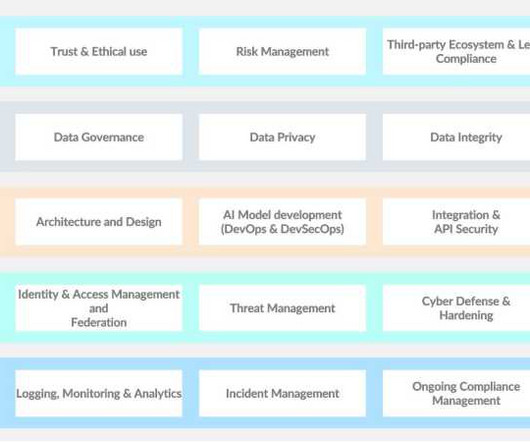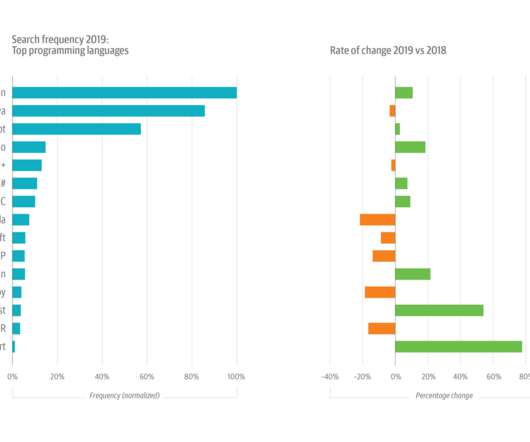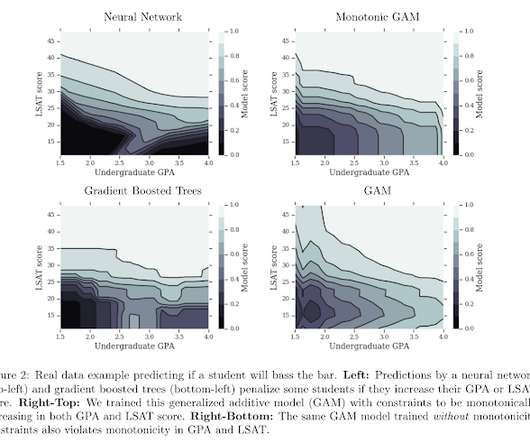ChatGPT, the rise of generative AI
CIO Business Intelligence
APRIL 25, 2023
A transformer is a type of AI deep learning model that was first introduced by Google in a research paper in 2017. It is simply unaware of truthfulness, as it is optimized to predict the most likely response based on the context of the current conversation, the prompt provided, and the data set it is trained on.

























Let's personalize your content